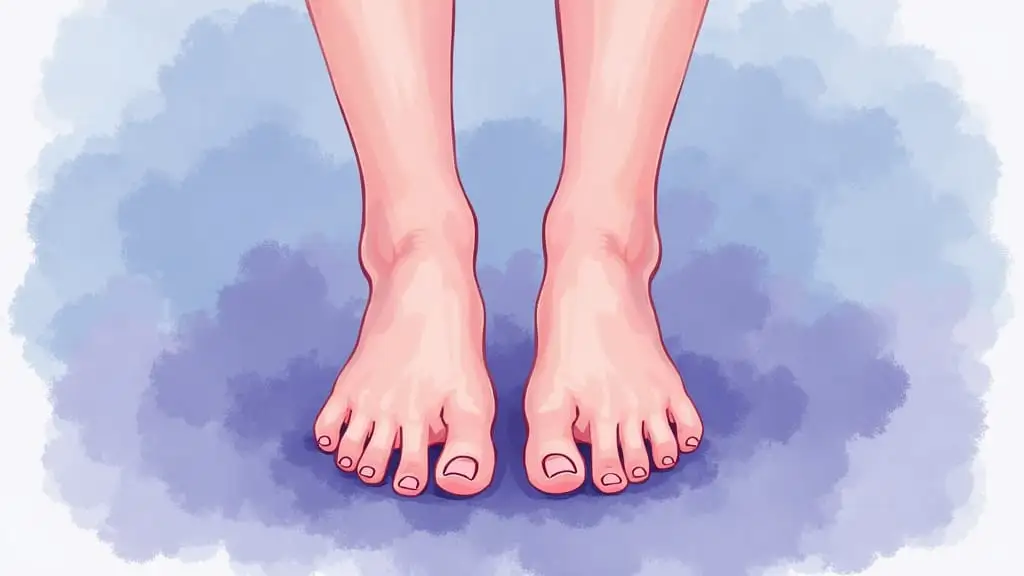Swollen legs is a common issue for aging adults. Leg, ankle, and foot swelling can happen if you don’t move much, sit or stand too long, or wear tight clothes. The fancy term for this is edema.
Simple Home Treatments
If a health professional has ruled out any serious causes for your edema, you can manage it at home with a few simple exercises and by wearing compression garments.
Movement Exercises for Leg Swelling
Physiotherapists Bob and Brad demonstrate a easy exercise routine for individuals with leg swelling that can be done while sitting or lying down.
PS: Dr. Angie highly recommends Bob & Brad’s YouTube channel.
Using Compression Socks
Compression socks are the easiest way to help circulation and mitigate swelling in your legs and feet.
This video explains why compression socks work, how to use them, and offers advice on where to find them.
Shopping Tips:
- You don’t need expensive compression garments (unless your doctor specifically recommends them).
- Getting a pair that provides enough support (15-20 mmHG) that fit properly is important.
- Compression running socks will do the trick without a high-price.
- In Nanaimo, Pinnacle Pharmacy, London Drugs, and other pharmacies offer free fittings to help you find the right fit.
Lifestyle Tips for Managing Edema
Besides these recommended exercises and compression socks, there are a few other lifestyle modifications to help manage your edema:
Try to elevate your legs whenever you can. Lifting them above heart level helps reduce swelling.
Stay active with gentle activities like walking, which keeps your blood moving.
Cutting back on salt can also help, as too much salt makes your body hold onto water.
Drinking enough water daily helps balance fluids in your body.
Maintaining a healthy weight can also lessen the strain on your legs.
If you’re sitting or standing for long periods, remember to take breaks and move around.
Lastly, keep alcohol intake in check, as it can lead to fluid retention.
What Causes Swollen Legs & Feet?
Leg swelling can happen if you don’t move much, sit or stand too long, or wear tight clothes.
It may also be due to blood flow issues, injuries, or problems with the lymphatic system or kidneys.
When to Seek Medical Help
Call 911 or Emergency Help Immediately – If you have leg swelling and any of the following signs as they may indicate a serious issue:
- Chest pain
- Difficulty breathing
- Shortness of breath, especially during activity or when lying flat
- Fainting or dizziness
- Coughing up blood
Get Immediate Medical Attention – Seek care right away if your leg swelling:
- Happens suddenly without a clear reason.
- Is related to an injury, such as a fall, sports injury, or car accident.
- Occurs in one leg only, especially if it’s painful or the skin is cool and pale.
Schedule a Doctor’s Visit – Not all leg swelling situations are emergencies, but they still require medical attention.
- Swelling could be a side effect of medication, a sign of a kidney disorder, or other serious condition.
- Book an appointment with your doctor to find the cause and get appropriate treatment.
